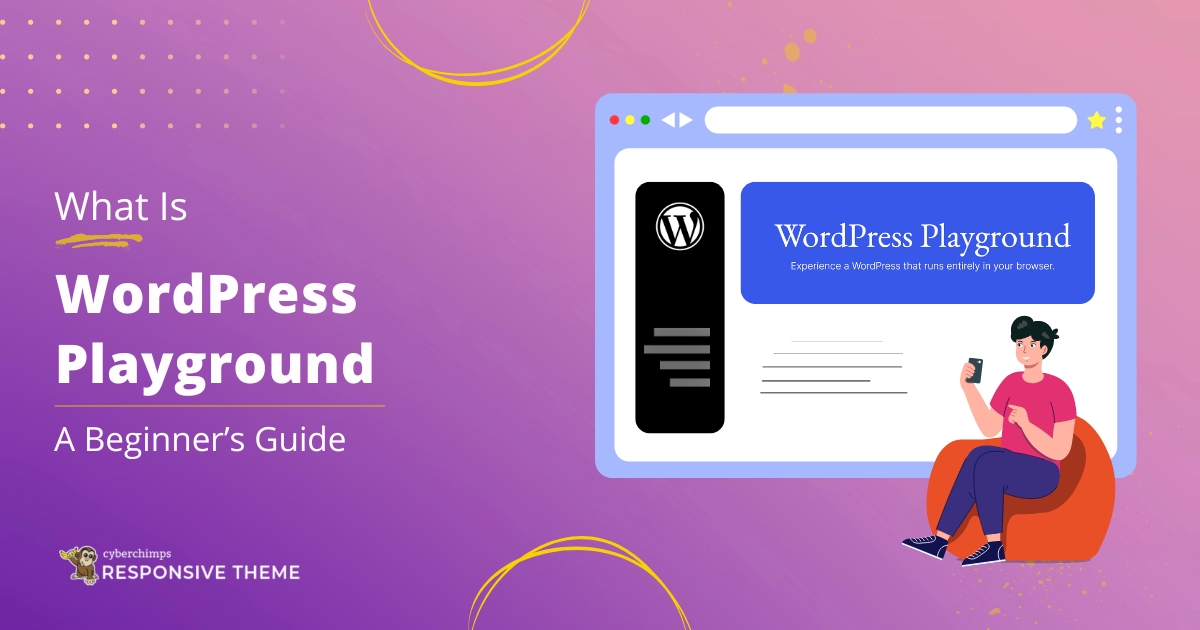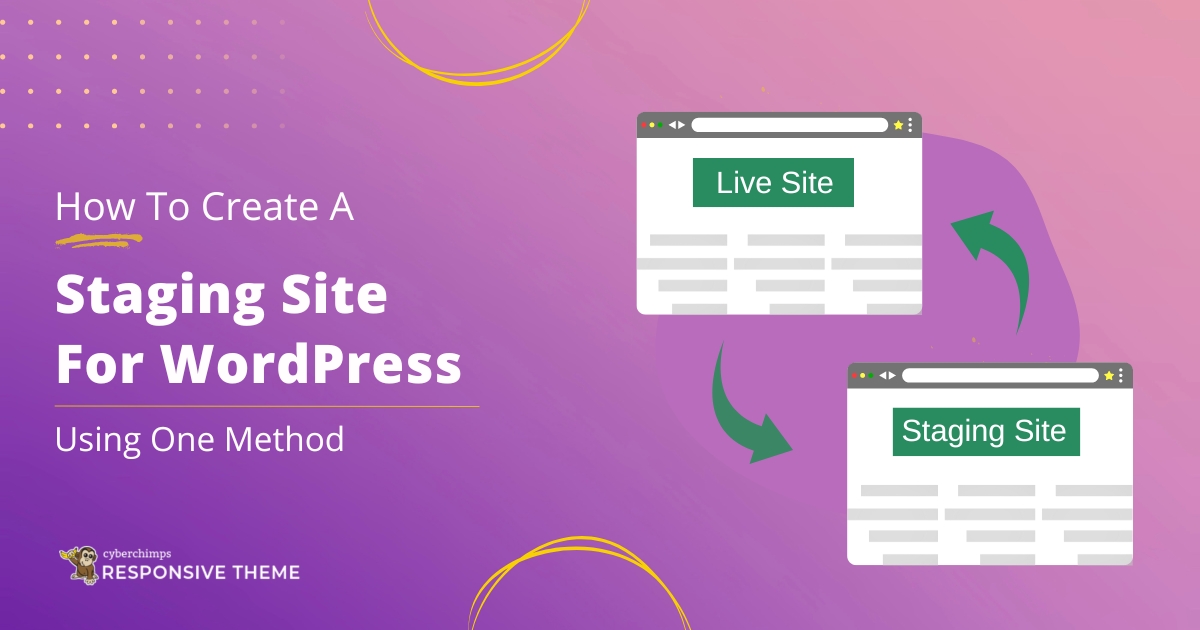Back in the days, when websites were beginning to take over, experts could only manage with either plain pages featuring a few color boxes and images or advanced coded pages.
However, with the advent of Content Management Systems (CMS), the game has changed completely.
Such platforms have introduced the developers and designers with themes and templates.
Talking about the same, these ready-made themes allow users to develop a completely functional website, even if they don’t have any knowledge about programming or designing.
Considering that there are plenty of themes available out there for almost every requirement, if you’re developing a WordPress mobile app website, using the AppPress WordPress theme would be a perfect choice.
In this post, let’s find out how you can create an app website with this theme.
Tips for Starting Your Own WordPress Mobile App Website
1. Conduct A Complete Market Research
Did you know, by 2022, it is anticipated that mobile app downloads will be reaching almost 258 billion and this industry is expected to generate more than $156 billion in revenue.
These statistics only imply that you will be having tons of competition. In such a scenario, conducting comprehensive market research is necessary to differentiate your WordPress mobile app website from others.
Getting familiarized with the leading apps and their websites in your niche is important as it allows you to comprehend where they are falling short. And then, you can use these insights to even improve your app and make it better than others.
It’s also important to add those features while creating your business website and keep it updated.
In terms of the primary research, you can invest some time and effort in understanding the prospective users.
And in secondary research, you can pay heed to insights. If you want, you can also go through reviews on competitor apps to get a better idea of how to serve people well.
2. Set Measurable Objectives for your WordPress Mobile App Website
If your objective is to launch a successful mobile app, you would have to commence the journey by defining how the success looks for you. Begin by setting measurable objectives around the launch of the website.
Experts generally recommend measuring success around the active install rate of the app and number of visitors to the website to get those downloads.
This insight will give you a better idea of the retention rate or the number of people who installed and kept the app.
Apart from this, you must also follow the number of ratings that your app is receiving. Keeping a tab on the average rating in the marketplace and outlining the potential revenue that you wish to generate should be some goals added to your list as well.
3. Call To Action Buttons on the WordPress Mobile App Website
In the present age, sticking to one platform doesn’t make any sense when all of the major ones are catering to a wide range of customers.
Your website should have CTAs to Android and iOS versions along with the desktop versions.
In terms of the market share, Windows covers 39.22%, Android covers 85%, and iOS covers 55.39%. Keeping these statistics in mind, being available across platforms helps to expand the reach to a great extent.
Moreover, choosing to go cross-platform is also cost-effective in the long run. And then, creating web browser versions of the app allows your users to access the same in different ways, through varying devices.
4. Establish the App Website on Social Media
Before launching the app, it is recommended to claim your territory on social media platforms and actively use them to generate interest among the target audience. For better attraction, you can also offer free early signups.
One thing to be kept in mind is that with social media, your objective should be to drive downloads and not just redirect the traffic.
You can also customize the page to generate pre-launch buzz and allow people to sign up for the alert whenever the app is launched.
5. Start Creating Content for the Mobile App Website
You must also spend time developing content that explicitly explains how the mobile app can be used. This content may comprise email marketing copies, website content, social media copies, press releases, blog posts, and more.
You can also pre-schedule the content to go live on the day of your app’s launch. Also, once the app has been launched, you should keep an eye on social media accounts to support reviews, issues and recommendations coming your way.
Step 1: Choosing the Domain Name and Web Hosting Plan
The domain, in all senses, represents your app’s address. One of the seamless ways to come up with a domain name is to choose the one that is relevant, engaging and easy to remember.
And then, you can go with the .com extension if you are targeting a global audience. If that is not the case, you can choose an extension of your nation.
On the other hand, when talking about web hosting, it is the place where your data gets stored. Out there, you can find numerous web hosting providers; however, Bluehost is recommended the most.
Along with providing an easy step-by-step process to set up the hosting, Bluehost also offers plenty of other benefits, including:
- Affordable hosting plans
- 99.99% uptime
- Quick and secure
- 24/7 support
- Money-back guarantee
Step 2: Installing WordPress
Bluehost and almost every major web hosting service provider offer 1-Click Installation for WordPress.
Below are the steps to install WordPress using the 1-Click Installation feature:
- Log into Bluehost and go to the control panel
- Click on the WordPress icon which you can find under the website section
- Choose the domain where you’d like to install WordPress
- Enter the site name, admin username and admin password of your choice, and once you’re done, click on Install Now
Step 3: Installing And Activating A Theme
In order to launch an app website you need both the free and pro version of the responsive theme. The free responsive theme has over 50,000+ active installations and has been downloaded over a million times!
It comes with 100+ free and pro ready sites templates that can be imported in just a click. These ready site templates have been made keeping in mind every business requirement and niches.
The responsive theme gives you the liberty to build your website EXACTLY the way you want, with its endless customization options.
The theme can be installed like any other WordPress theme. You can find it in the WordPress repository.
Alternatively you can also download the free theme from the CyberChimps website.
Follow the below steps to install the Responsive theme manually from the WordPress admin dashboard:
- Download the Responsive Theme and go to go to Appearance > Themes > Add New on your WordPress dashboard
2. Upload the theme zip file folder.
3. Install the theme and activate it.
Step 4: Get Responsive Pro
As you know, the Responsive theme comes with 100+ free and pro templates that are easily editable using the Gutenberg & Elementor page builders, these ready made WordPress templates help you design and launch your website quickly.
Apart from the pro templates you also get private and priority support when you are a Responsive Pro member. In order to import the AppPress theme to launch your app website, you need to install & activate the Responsive Pro plugin.
Note that the pro version of the Responsive theme needs to be installed as a plugin. Select the plan of your choice from the pricing page and follow these steps:
- Go to the ‘My Account’ area and download the zip folder.
- On your WordPress dashboard open Plugins > Add New, and upload the zip folder.
- In your ‘My Account’ area, go to the API keys tab and copy the API key and product ID.
- Activate the plugin by entering the license key.
Step 4: Installing And Activating Responsive Ready Site Importer plugin?
This plugin is needed alongside Responsive themes in order to easily import the ready site templates.
To install and activate the plugin first, download the latest free Responsive Ready Sites Importer from WordPress.org.
After downloading the plugin:
- Log in to your WordPress dashboard and go to Plugins > Add New
- Upload the plugin zip file
- Activate it
Step 5: Importing the “AppPress Theme” Ready-Site Template
AppPress theme is a modern WordPress theme to build your mobile app website. It comes with all the features that will help your business grow.
Now you don’t need to spend hours creating everything from scratch. This ready site template comes with pre-designed pages- home, about, contact, portfolio, and blog pages that are built with Elementor page builder, giving you unlimited options to customize it.
To import this template you need to install and activate the ready site importer, explained in Step-4. Follow these steps to import the app website:
1. On your WordPress dashboard, go to Responsive > Ready sites.
- You’ll find 40+ ready site templates on the page that are built with gutenberg and Elementor. Select the AppPress theme template
- With Responsive, you get an option to mix and match for your website. You can choose to import the Home page of one template and the About page of another. Or you can also import the whole site.
- On the next page, click on the Import Site button to start importing the template. After the import is complete click on the Launch site button to launch your website.
Voila!
You have a full fledged App website, and it just took a few clicks of your mouse. If you wish to change the content and modify the look and feel of your website, just click on “edit with Elementor” tab on top of your website.
To customize the theme setting in your website like changing the logo etc., go to the customizer at the top to edit the settings.
Conclusion
Now that you have understood how to create a WordPress website for a mobile app, you have to customize the AppPress theme according to your specific needs. You have to just make sure that the design and images in your website are responsive for mobile visitors.




